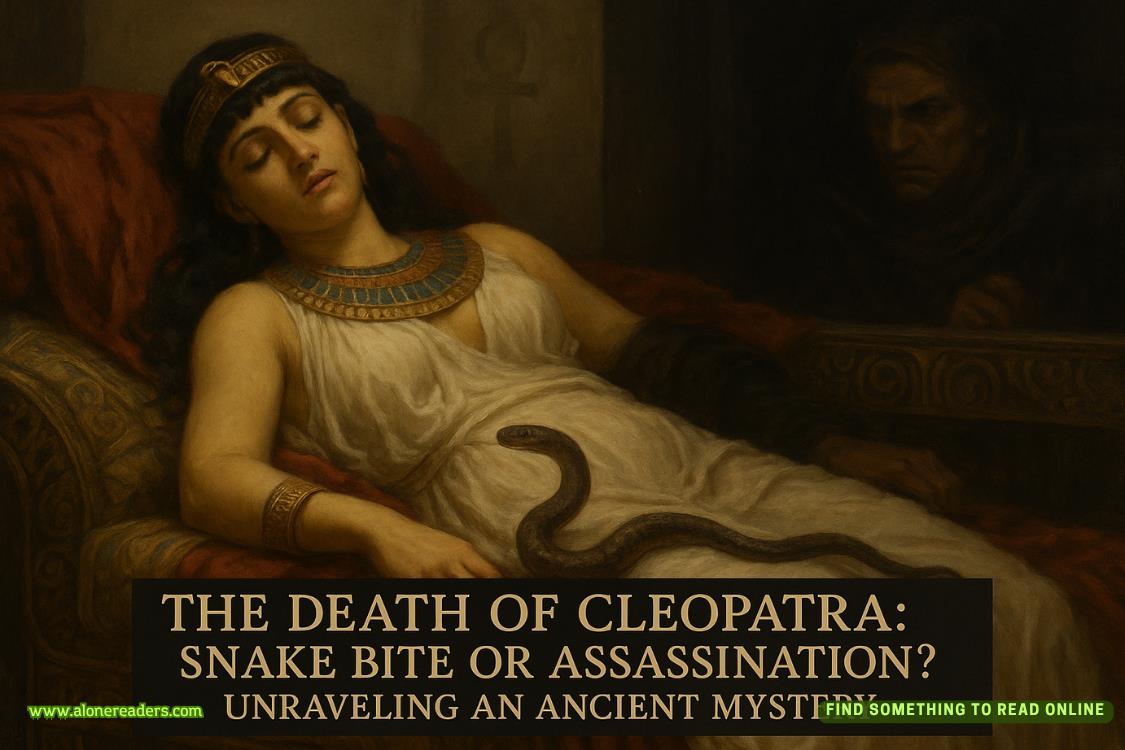Page 6 of BZRK Origins (BZRK 0.50)
“Are you saying—”
“It’s like picture in picture, but the edges are indistinct. At first I didn’t understand. Then I realized what I was seeing: glass, in extreme magnification. I was seeing through the biot’s eyes.”
I just froze. Part of me was arguing that as her boss, as the one responsible for this company, for this research, for this desperate search for a means to save Birgid, that I should be yelling or disciplining.
But I was never much of a boss. I am a scientist. I have spent my life looking for answers. Well, here was a possible answer. A breakthrough of truly epic proportions.
And part of me guessed that Donna would never have broken protocol except for her desperation to help me save Birgid.
So all I said was, “Show me.”
We ran across the lab, a fact that drew others behind us like the tail of a comet. Donna had the biot isolated and ready to go under the scanning electron microscope.
“We need a test,” I said, looking around me, as if the answer were scrawled on a wall or tabletop somewhere. “We place something in the dish with the biot. Some kind of sample. Something … And we don’t tell you, Donna. A quick-and-dirty single blind. Step out
of the room. Go to your office.”
She went, and the rest of the team and I decided to place a bit of tissue sample on the glass dish in close proximity to the biot. This took a while. But finally, we were ready. I dialed Donna’s phone and said, “Okay, we’ve placed an—”
“Mesothelial cells,” Donna said without hesitation. “My God, you would not believe it. You would not believe it.”
We ran to Donna’s office. She was staring into middle space, smiling. Smiling at something none of us could see.
“It’s monochromatic. Just like an SEM. But I can see everything. I can see the clearly delineated cell wall, the nucleus … One of them is in the beginning stage of mitosis. I can see the mitochondria.”
She went on like that for a while, naming parts of the cell as if we were a high school biology class.
“She might have guessed we’d use a tissue sample,” one of the staff, Prim—Dr. Primyantha—said.
“What, I’m cheating?” Donna demanded.
“No, no, no, of course not. But Dr. Prim is right: Let’s try something else, just to confirm for skeptical minds.”
So Dr. Prim went to find something unexpected to place in the dish with Donna’s biot while the rest of us sat or perched and chatted excitedly.
“Jesus Christ!” Donna yelled suddenly, and shot up out of her chair. “Goddamn it! Prim!”
Dr. Prim returned to Donna’s office, and Donna threw the remains of a muffin at him.
“What?” he demanded.
“It’s a fly’s head,” Donna said disgustedly. “It’s as big as a goddamn house, Prim. Have you ever seen a fly face-to-face? It’s the size of a fucking whale!”
“Describe it for the record,” I said.
“I’m not looking at it,” she said.
“Wait. What do you mean, you’re not looking at it? Biot eyes are fixed forward.”
And that was how we discovered that we could do more than see through biot eyes. We could move them. In fact, we could control a biot’s movement as easily as we could move a finger.
In the next week we created two new biots. Dr. Prim had one and his graduate student, Mitch McGovern, another.
Mitch had the same experience Donna described. He had a sort of picture-in-picture view through the biot’s eyes. He could move the biot as easily as he could move his own feet.
We began to test the biot’s capabilities. Its speed and endurance. Its range.
If we had been following a normal protocol, this stage would have consumed months if not years. But I didn’t have a lot of time. Birgid’s health was failing. The cancer was metastasizing, popping up not just in her lungs now but in her esophagus and brain.















